Caramel Basque Cheesecake
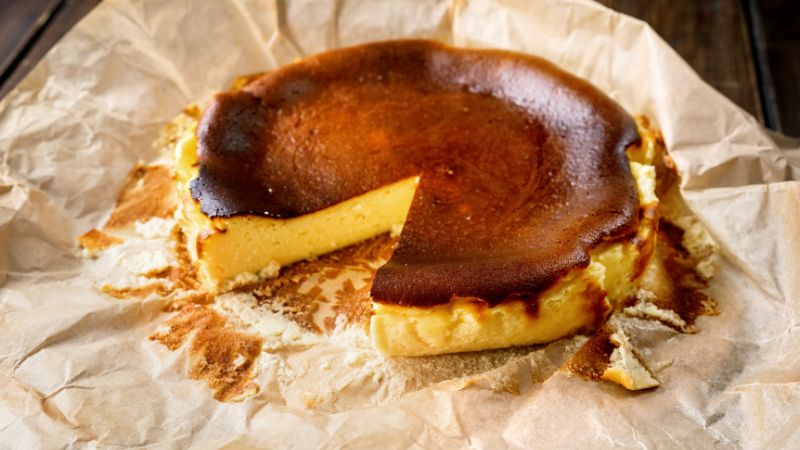
The caramel basque cheesecake is renowned for its strikingly dark, caramelized exterior contrasted with a smooth and creamy interior. Originating from La Viña, a café in San Sebastián during the 1970s, this cheesecake has gained popularity for its simplicity and rich flavor profile. This adapted version utilizes a standard cake pan, making it accessible for home bakers without specialized springform pans.
- Preparation Time: 15 minutes
- Cooking Time: 50 minutes
- Additional Time: 4 hours 25 minutes
- Total Time: Approximately 5 hours 30 minutes
- Yield: One 9-inch cheesecake
Ingredients

For Preparing the Pan:
- 1 tablespoon unsalted butter, softened
- 1 sheet parchment paper
For the Cheesecake:
- 3 packages (8 ounces each) cream cheese, softened
- 1 cup granulated white sugar
- 3 tablespoons all-purpose flour
- ½ teaspoon fine salt
- ½ teaspoon pure vanilla extract
- 4 large eggs, at room temperature
- 1¼ cups heavy whipping cream
- Equipment Needed
- 9-inch cake pan
- Parchment paper cutter or scissors
- Mixing bowls
- Electric mixer or stand mixer
- Spatula
- Measuring cups and spoons
- Whisk
Instructions

Preheat the Oven:
Set your oven to preheat at 400°F (200°C).
Prepare the Cake Pan:
Generously butter the inside of a 9-inch cake pan using the softened unsalted butter. This helps prevent the cheesecake from sticking. Cut a piece of parchment paper large enough to cover the bottom and sides of the pan with an extra inch or two hanging over the edges for easy removal later.
Butter the parchment paper lightly to further ensure the cheesecake releases smoothly after baking.
Press the parchment paper into the buttered pan, smoothing out any major creases. Trim the excess parchment from the sides, leaving about 1-2 inches of overhang.
Make the Cheesecake Batter:
In a large mixing bowl, combine the softened cream cheese, granulated sugar, all-purpose flour, and fine salt.
Using an electric mixer on medium speed, beat the mixture until it becomes smooth and creamy, eliminating any lumps.
Add the pure vanilla extract and incorporate it into the mixture.
Crack in one large egg and whisk until fully integrated. Continue to add the remaining eggs one at a time, ensuring each egg is thoroughly mixed before adding the next.
Gradually pour in the heavy whipping cream while mixing on low speed, blending until the batter is smooth and homogeneous.
Transfer Batter to Pan:
Pour the prepared cheesecake batter into the prepared cake pan lined with parchment paper.
Gently tap the pan against the countertop a few times to release any trapped air bubbles, ensuring a smooth surface.
Baking the Cheesecake:
Place the pan in the preheated oven and bake at 400°F (200°C) for approximately 50 minutes. The cheesecake should puff up and develop a deep, golden-brown color, especially around the edges.
For an extra-charred top, increase the oven temperature to 425°F (220°C) during the last 10 minutes of baking. Keep a close eye to prevent excessive burning.
Cooling and Setting:
Once baked, remove the cheesecake from the oven and allow it to cool at room temperature for at least 25 minutes. This step helps the cheesecake to settle and makes it easier to remove from the pan.
Using the overhanging parchment paper, gently lift the cheesecake out of the pan and transfer it onto a serving plate. If necessary, use a knife or spatula to help release the parchment paper.
Refrigerate the cheesecake for a minimum of 4 hours, preferably overnight, to ensure it is thoroughly chilled and set.
Before serving, run a knife around the edges to ensure clean slices. The cheesecake can be enjoyed as is or accompanied by fresh berries or a drizzle of fruit compote for added flavor.
Tips and Variations for you

- Depending on your parchment paper roll or sheet size, you might need to overlap pieces to completely line the pan.
- If jumbo eggs are unavailable, you can use five large eggs instead.
- If you don't have fine salt, kosher salt can be used as a substitute. Use between ¾ to 1 teaspoon in place of ½ teaspoon fine salt.
- Consider adding a bit of lemon zest to the batter for a citrusundertone or incorporating a caramel drizzle on top after chilling.
- Store the cheesecake in an airtight container in the refrigerator for up to 5 days. It can also be frozen for longer storage; wrap it tightly in plastic wrap and then aluminum foil before freezing.
Enjoy your rich and decadent Caramel Basque Cheesecake, a perfect blend of creamy texture and deep, roasted flavors!


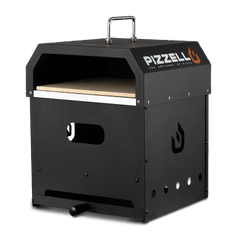
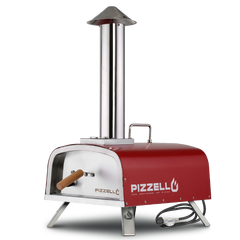
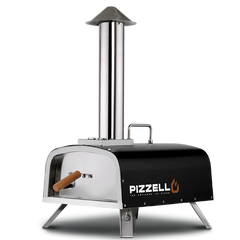
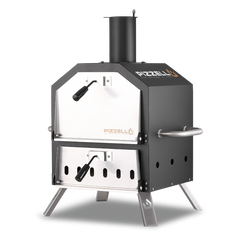



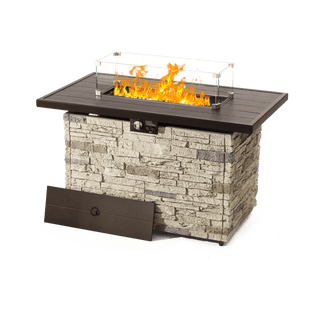
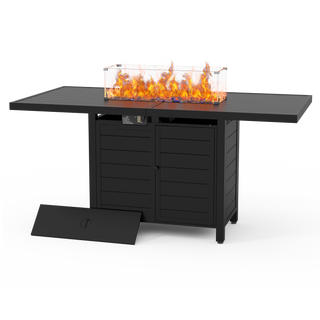
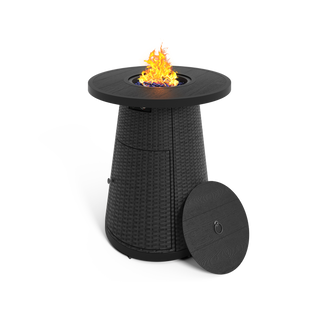

 Aluminum Dining Table
Aluminum Dining Table
 WPC Dining Table
WPC Dining Table
 HDPE Dining Table
HDPE Dining Table
 Cart
Cart
 Gas Burner
Gas Burner
 Hat
Hat
 Apron
Apron
 Swivel Rocker Set
Swivel Rocker Set
 Textilene Chairs
Textilene Chairs
 HDPE Chairs
HDPE Chairs
 Wicker Counter Height Barstools
Wicker Counter Height Barstools
 Metal Counter Height Barstools
Metal Counter Height Barstools


























